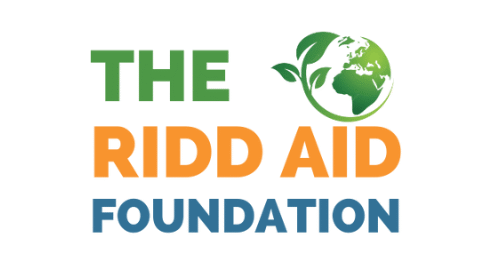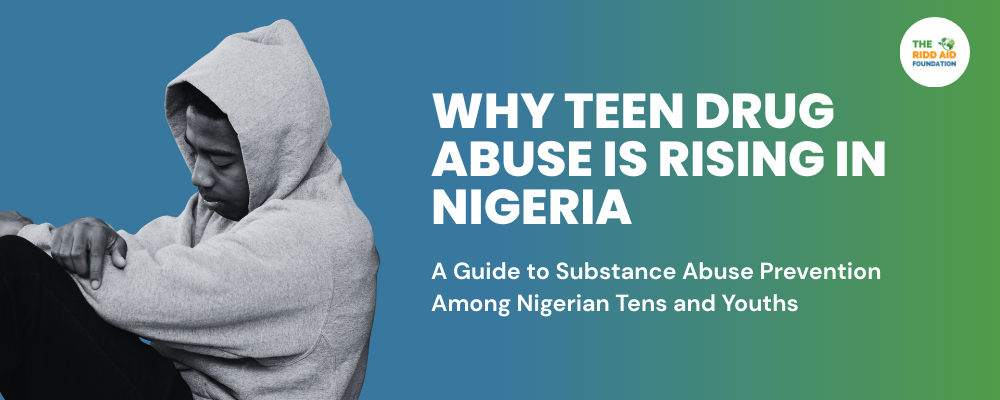The menace of drug abuse is no longer “out there.” It is in our homes, our schools, and on our streets. It is touching friends, siblings, classmates and children we know. This is not a private moral failure; it is a social crisis that eats at the future of families and communities. If Nigeria does not act decisively, every community risks losing a generation to cheap, powerful substances that promise escape but deliver ruin.
The scale of the problem is sobering. The UN Office on Drugs and Crime reported in 2018 that roughly 14.4% of Nigerians aged 15 – 64, about 14.3 million people, had used a psychoactive substance, a figure well above the global average. That statistic is a blunt reminder that drug use in Nigeria is widespread, and the drivers are complex: social, economic, regulatory and cultural. More recent investigations and local reporting have also documented new, more dangerous substances circulating on the streets from illegally sold codeine and tramadol to methamphetamine, known locally in some places as Mkpuru Mmiri or “Ice.” These drugs have moved beyond the margins; they have entered everyday life.
One of the clearest ways to understand the crisis is to see it up close. In early 2025, a tragic event in Anambra State captured how fast the situation can turn deadly. A university student in Awka, reportedly exposed to methamphetamine (locally referred to in some reports as Mkpuru Mmiri), fell from a dormitory and died after an apparent drug-related incident. The neighbours described pandemonium; the campus was shaken. Reports indicated that the student’s roommate was found highly impaired by the same substance. The event is not an isolated shock; it mirrors a string of similar tragedies that start with experimentation and quickly become fatal.
This is not a trauma of statistics; it is a human story. Behind every headline is a family rearranged by grief, classmates mourning, and a neighbourhood left with questions about how the drug entered a campus, who supplied it, and why a young life went so wrong so fast.
What’s Different Now: New Drugs, Old Drivers
Three patterns explain why drug use among adolescents and youth has accelerated:
- New substances, stronger effects. Beyond traditional substances like cannabis, opioids such as tramadol and codeine syrup are widely available. Reports from investigations in 2023 found large-scale illegal access to codeine in Lagos and other cities; these products are often diverted from pharmacies or sold in black markets. Meanwhile, crystal meth (methamphetamine), sometimes called Mkpuru Mmiri in local slang, has appeared in some regions, bringing the acute, violent, and often psychosis-linked risks associated with stimulant addiction.
- Low cost + easy access. For many youths, a dose costs less than a transport fare. Shops and informal sellers sometimes sell controlled medicines without a prescription. Where enforcement is weak and poverty is high, a cheap pill becomes an easy escape.
- Social drivers. Peer pressure, the glimmer of quick-money culture, music that glamorises numbness, and the stresses of unemployment and household hardship all push young people toward experimenting. For ambitious students who feel the pressure to succeed, a “focus” pill or stimulant can seem like a shortcut until dependence takes hold.
The consequences cut deeper than the individual:
- Education lost: Bright students drop from the top of the class to failing grades as concentration collapses and absenteeism rises. Families watch potential evaporate.
- Health harm: Opioid dependence, overdoses, heart and brain damage from stimulants, and long-term mental health disorders are frequent outcomes.
- Crime and insecurity: Addiction can push young people into petty theft, violent behaviour, or joining criminal networks, and communities suffer the consequences.
- Family devastation: Parents and siblings face emotional, financial, and social strain; familial trust is damaged and sometimes broken. Parents sell assets for rehab; siblings lose role models; homes become warzones of conflict and worry.
Reports from Lagos, Kano and other states show how addiction contributes to cycles of poverty and despair. Behind every statistic is a family whose life trajectory has been altered.

What Can We Do Together?
Fighting drug abuse requires more than lectures and punishments. It demands a community-centred response. If the problem started inside communities, the answer must start there, too. Evidence and practice suggest several practical, interlocking interventions:
- Community Dialogue and Leadership
To fight addiction in our communities, we must create open forums where the issue can be discussed without stigma. Bringing together religious leaders, traditional rulers, youth leaders, and market unions gives the conversation both authority and reach. These voices can speak publicly about addiction, sign community pacts, and spotlight the support available to those in need. When communities acknowledge addiction openly, secrecy fades and collective responsibility grows. Town halls, youth fellowships, and market gatherings become safe spaces to talk about the dangers of drug abuse. Churches and mosques can also serve as platforms for education and healing. With the influence of faith and traditional leaders, the silence around addiction can be broken, and awareness can spread.
- Parental and Peer Networks
Parents should not battle addiction and risky behaviours in isolation. Africa in yesteryears thrived on communal living, where the child was more of the community’s than for the parents alone. Local parent groups, even simple WhatsApp networks or neighbourhood circles, can share warning signs, coordinate supervision, and check on each other’s children. Training peer leaders, especially respected youths who reject drugs, is a powerful way to spread awareness and mentorship. Adolescents often listen to their peers more readily than adults, making this approach highly effective. By forming support groups and staying connected, parents create a stronger safety net. Older teens and youth leaders can serve as mentors, guiding younger ones away from harmful choices. Collective parenting and peer influence together can protect children far better than isolated efforts.
- Education & Positive Alternatives
Young people need real alternatives to drugs, access to skills, sports, arts, and entrepreneurship that spark purpose and creativity. When such opportunities exist, the lure of risky shortcuts fades. Prevention must be practical, not just rooted in scare tactics. Lessons about drugs should highlight real-life effects while teaching healthy coping strategies. Schools can play a vital role by expanding extracurricular options, from sports and arts to vocational clubs. These activities not only build skills but also create a sense of belonging and achievement. By investing in opportunities, we give young people the tools to thrive and stay away from dangerous choices.
- Community Rehabilitation & Skills Pathways
Tackling addiction requires more than punishment; it demands pathways for healing and growth. Communities need affordable rehabilitation programs that combine counselling with hands-on skills training. By involving local businesses to offer apprenticeships and vocational opportunities, young people can earn a legitimate income, reducing the pull of risky shortcuts. This approach not only aids recovery but also reintegrates youths into society with dignity and purpose.
- Regulation, Reporting & Policy Support
Curbing drug abuse also means cutting off the supply. Stronger regulation of pharmacy sales and tighter monitoring of black-market distribution are essential. But enforcement alone is not enough. Communities need safe reporting channels, such as anonymous tip lines and neighbourhood watch groups that protect whistleblowers from retaliation. At the same time, governments and donors must invest in scalable solutions: youth centres, treatment subsidies, teacher and health worker training, and strict oversight of pharmaceutical supply chains. Policy support is the backbone that sustains prevention and rehabilitation efforts.

How to Spot a Problem Early
A few practical warning signs: sudden drop in grades; unexplained money or missing valuables; frequent secrecy or mood swings; new friends who avoid adults; deteriorating hygiene; unusual sleep patterns or poor appetite.
Early conversations must be had. Parents must stay gentle, curious, not accusatory and can oftentimes open the door to discussion and help.
- Try this starter: “I’ve noticed you’ve been quieter and missing homework. Is something worrying you?” That small line can begin healing.
Final Call: This Is Our Fight
Nigeria’s youth are not disposable. When we lose students to addiction, we lose more than individuals; we lose potential leaders, teachers, farmers and carers. The fight against youth drug abuse requires a coalition: parents, peers, religious and traditional leaders, schools, NGOs and policy makers. It also requires compassion: treating addiction as an illness, not a moral failing.
Communities hold the power to change the trajectory. Where parents talk, where leaders name the problem, and where young people are given meaningful alternatives, drug use loses its grip. The time to act is now with urgency, with care, and with sustained partnership


